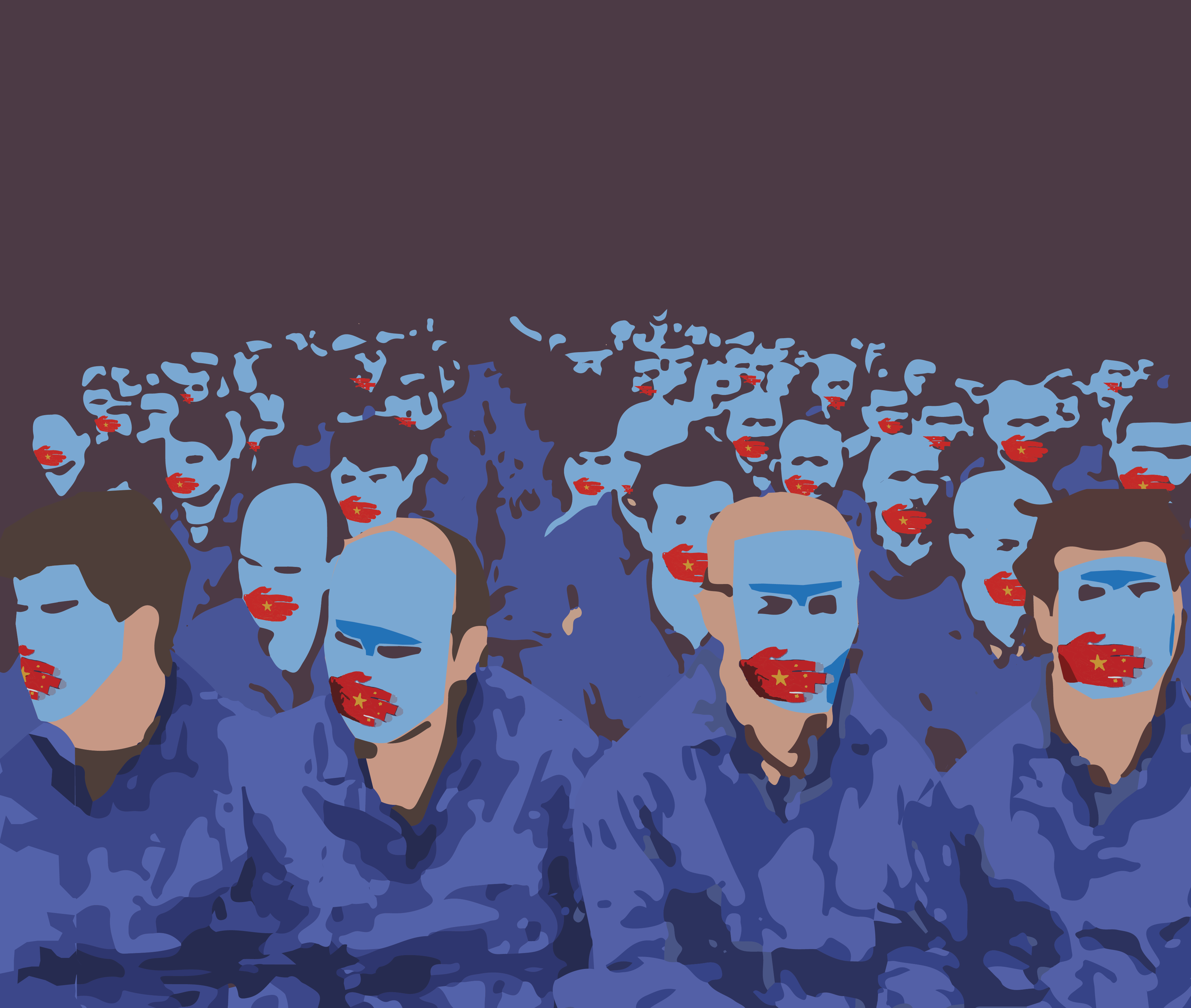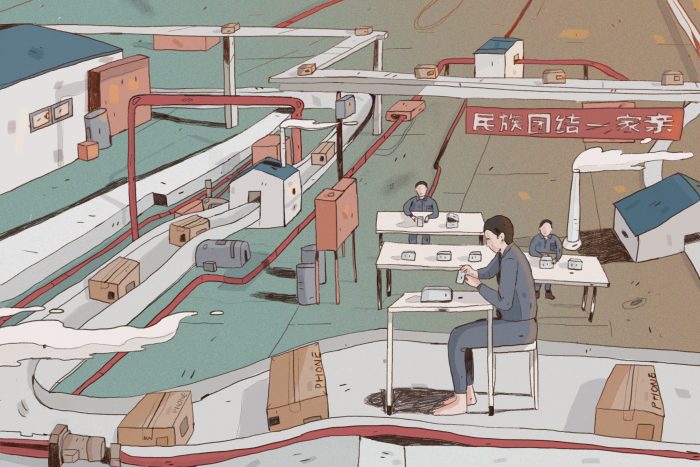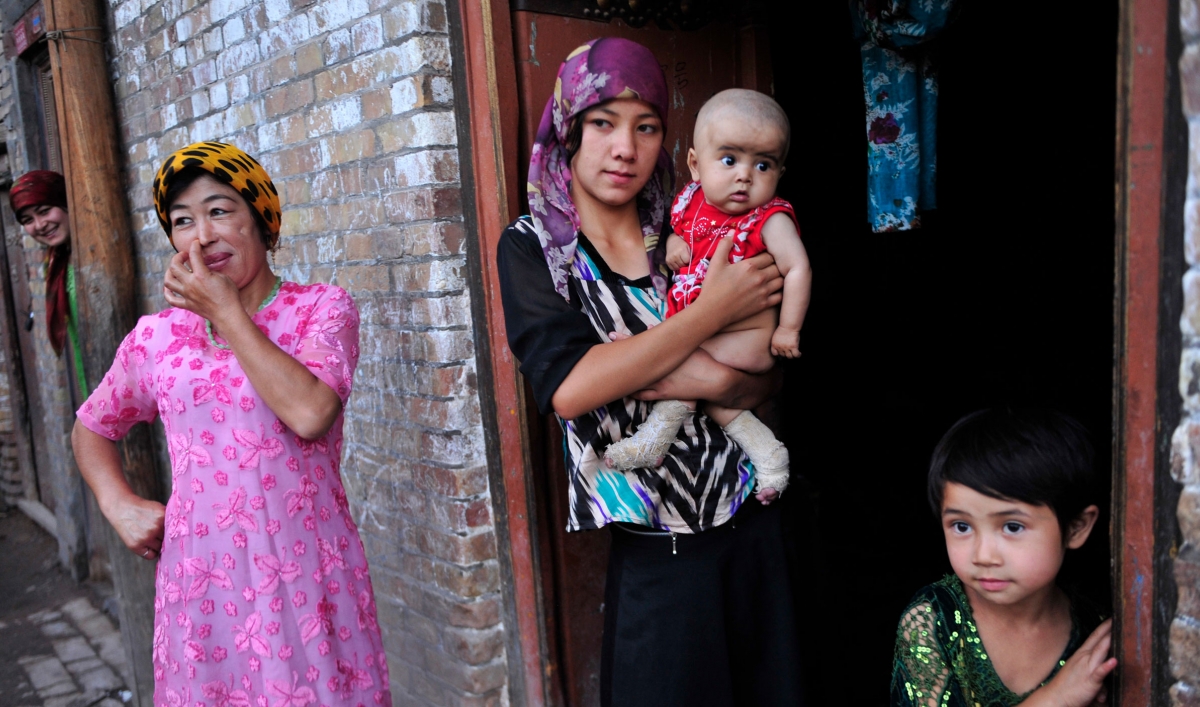Uyghur Crisis
Why are the Uyghurs being targeted and how are they being treated?
Why The Uyghurs?
China sees the Uyghur community and its land as a threat to their regime. The two main dangers that China views the Uyghur of espousing are separatism and religious extremism. Alongside these two aforementioned threats are the Uyghur’s discouragement of state promoted Chinese Han migration into their lands and economic incentives such as Xinjiang, their land, being the home to China’s largest coal and natural gas reserves.
There has been tension between China and the Uyghur in the past however the critical juncture occurred in 2019 when a riot broke out in Xinjiang’s capital, Urumqi. The reasons for the Uyghur uproar were the frustration of the economic and cultural discrimination. According to experts, this marked a turning point in Beijing’s attitude toward Uyghurs.
How? Internment ‘Re-Education’ Camps and Crackdown

According to The Guardian, the internal leaked reports in late 2019 indicate that China is running the largest mass internment of an ethnic-religious minority group since World War II. The ‘vocational training’ and voluntary education camps as China refers to them started in 2014 but expanded in 2017. Not much information was known about these camps until internal Chinese government documents leaked in late 2019. The New York Times, the International Consortium of Investigative Journalists and the Australian Strategic Policy Institute (ASPI) have extensively analyzed and highlighted key points from the ‘China Cables’/’Xinjiang Papers’. There are approximately 1-3 million Muslims in hundreds of camps, the majority being from the Uyghur community.
According to ASPI, those who are in the camps have been subjected to:
- political indoctrination,
- forced to renounce their religion and culture,
- torture: physical torture, rape, and sleep deprivation, and
- thereafter, once they have ‘graduated’, they are forced to work in factories.
The repression against the Uyghur community goes beyond these camps to the general Uyghur population. The extreme crackdown includes and is not limited to:
- surveillance state: monitor millions people via police and technology
- police checkpoints
- biometric data
- preventing religiosity
- growing beard, wearing veil
- sending texts containing Quranic verses
- mosques destroyed
- certain names are banned like ‘Mohamed’
- halal food is harder to find
- detaining people who have too many children
- repatriating Uyghurs from abroad
The Chinese government has facilitated the mass transfer of Uyghur and other minority groups from Xinjiang to factories all over the country. The horrid working conditions fit the International Labour Organisation (ILO) indicators of forced labour. Some examples of these breaches include: living in segregated dorms, subject to constant surveillance and limited freedom of movement.
The factories where individuals have been sent after graduating in the ‘re-education’ programs are forced to work. According to ASPI, approximately 80,000 Uyghurs have been sent to these factories from 2017 to 2019. Furthermore, ASPI reports that “Uyghurs are working in factories that are in the supply chains of at least 82 well-known global brands in the technology, clothing and automotive sectors, including Apple, BMW, Gap, Huawei, Nike, Samsung, Sony and Volkswagen.”


Per The Jamestown Institute, women are threatened into internment camps if they refuse to abort pregnancies that exceed the birth quota. Applying to the aforementioned women and women who have not exceeded birth quotas were either involuntary given intra-uterine devices (IUDs) or coerced sterilisation surgery. In addition, it has been reported that children have been separated from their families. As a consequence, this is negatively affecting the Uyghur population. The natural population growth in Xinjiang has significantly faltered.
